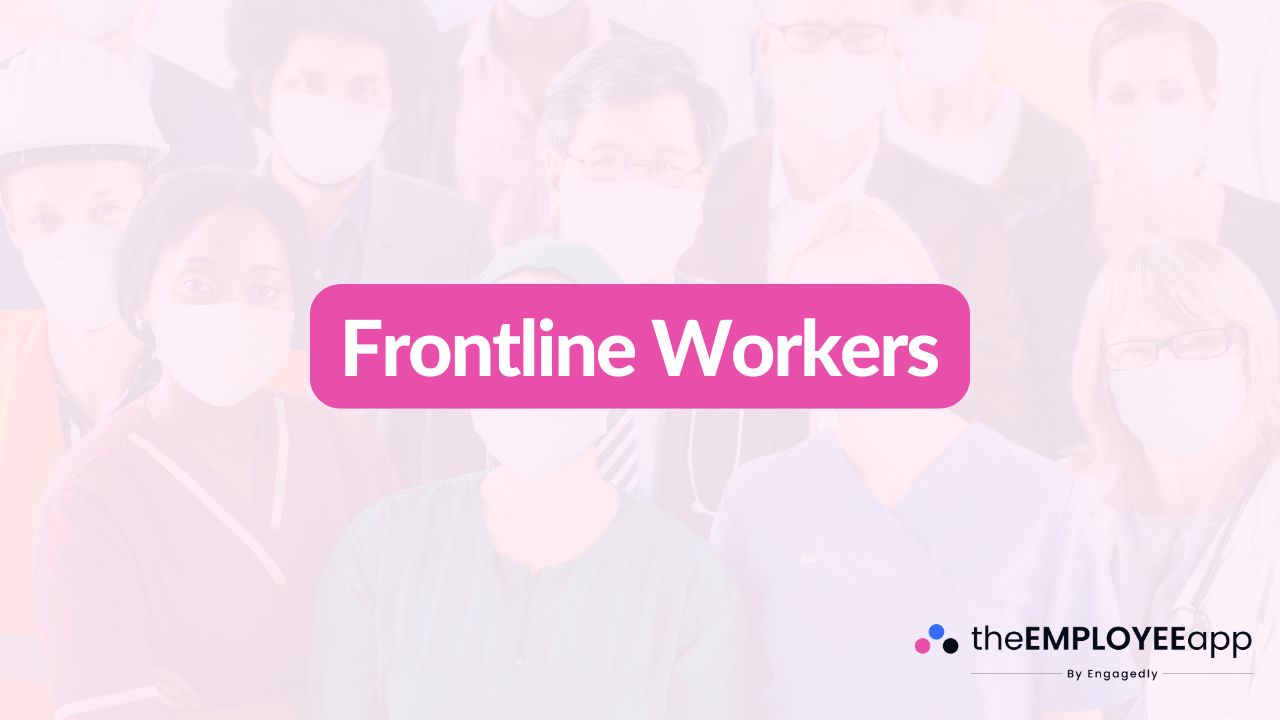
Introduction
Frontline workers are the backbone of every organization that directly serves customers, clients, or communities. In 2025, they make up nearly 80% of the global workforce and play a critical role in industries like healthcare, retail, hospitality, logistics, and manufacturing. Understanding who frontline workers are—and how to support them—helps organizations improve workforce scheduling, productivity, and employee engagement.
Frontline workers are employees who directly interact with customers, clients, or patients, or who perform hands-on tasks essential to business operations. Unlike office-based staff, they typically work on-site, in the field, or in customer-facing roles.
Examples of frontline workers include:
Healthcare professionals (nurses, doctors, caregivers)
Retail associates and cashiers
Delivery drivers and logistics staff
Manufacturing and warehouse employees
Hospitality staff (chefs, servers, hotel staff)
Frontline employees are not just the first point of contact for customers—they are the face of your organization. Their performance directly impacts:
Customer experience → First impressions, satisfaction, and loyalty
Operational efficiency → Ensuring smooth, timely service
Brand reputation → Delivering quality and trust at every interaction
Organizational growth → Driving revenue through direct contributions
Despite their importance, frontline workers often face unique challenges:
Unpredictable scheduling leading to burnout
Limited access to communication tools compared to office employees
High turnover rates due to low engagement or lack of growth opportunities
Physical and emotional stress from customer-facing roles
Effective scheduling is one of the biggest factors influencing frontline workforce success. With digital tools, companies can:
Ensure fair shift scheduling to reduce fatigue
Provide real-time communication for schedule changes
Increase work-life balance and reduce absenteeism
Boost employee engagement by offering autonomy and clarity
Organizations that invest in frontline employees see measurable ROI. Some proven strategies include:
Offering flexible scheduling options
Implementing mobile-first communication tools
Providing training and career development opportunities
Recognizing and rewarding frontline contributions
Frontline workers are the foundation of customer experience and operational success. By prioritizing better workforce scheduling, communication, and engagement strategies, organizations can unlock the full potential of their frontline workforce in 2025 and beyond.
